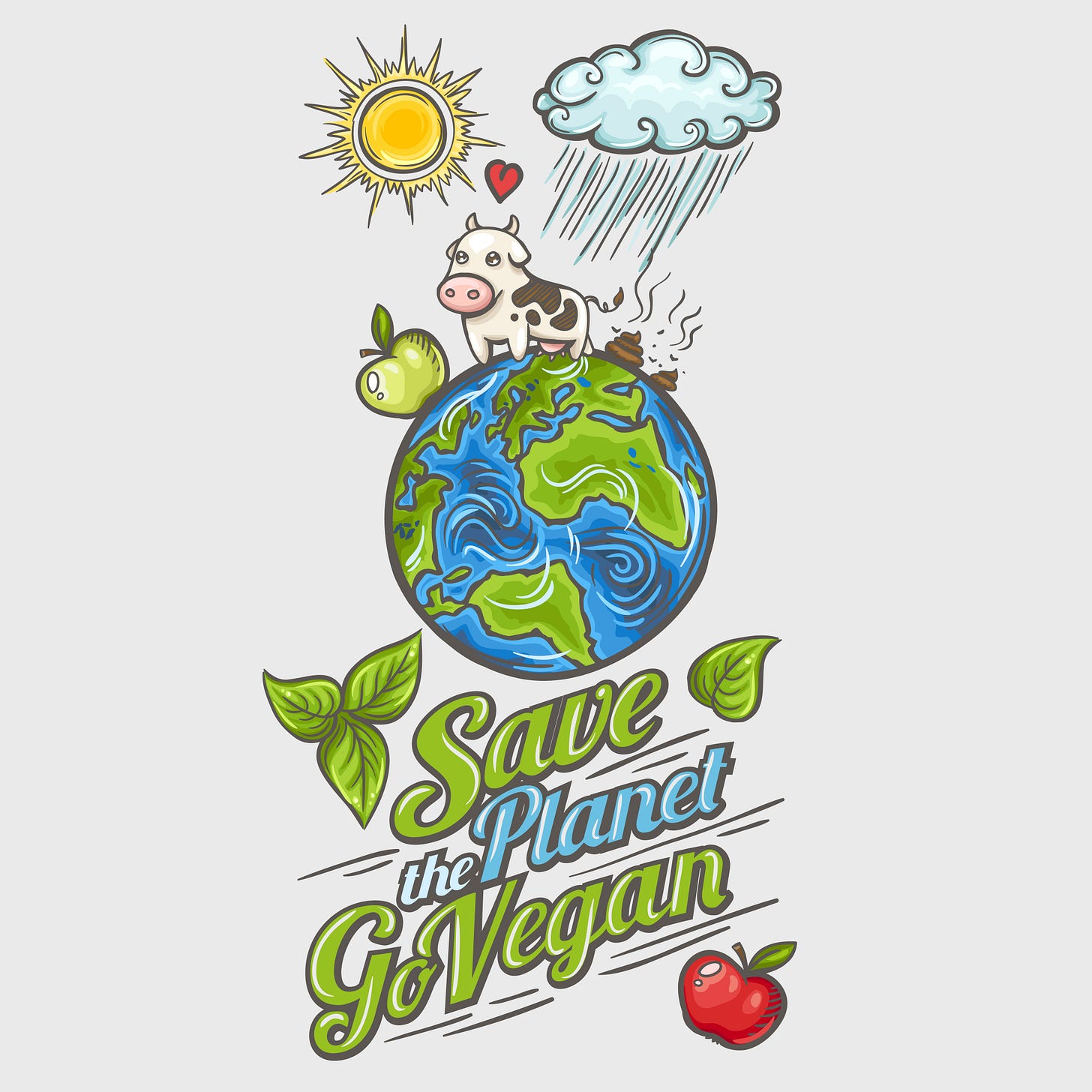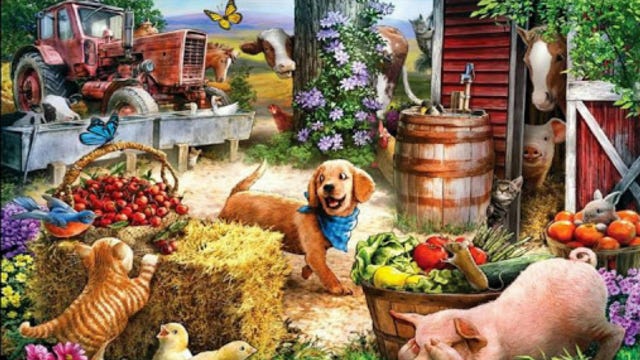The Crossroads of Choice: Veganism vs. Carnism, Weighing the Impact on Planet and Animals
Vegan Activism
Our food choices reverberate beyond our plates, casting ripples across the delicate tapestry of our planet and the lives of its inhabitants. Understanding the environmental and ethical ramifications of our diets, particularly when comparing ideologies like veganism and carnism (inclusive of meat and dairy consumption, leather, down, and wool), is crucial for informed and conscious decisions. While both have environmental baggage, examining their footprints, particularly around their impact on animals, paints a stark contrast.
‘‘Veganism, in its essence, is demonstrably the least harmful lifestyle choice, both directly and indirectly. It significantly reduces the number of animals killed for food, and due to lower demand for crop-based animal feed, it also inadvertently results in fewer wildlife deaths during crop cultivation compared to carnism.’’
The Shadow of Carnism on Animals
Carnism casts a long shadow on animal welfare. Its very foundation rests on the exploitation and consumption of living beings. Globally, a staggering 70 billion land animals are slaughtered for food each year, each life extinguished for human desires. Even practices striving for "humane" treatment often involve confinement, forced breeding, and eventually, slaughter. While local, free-range options may marginally reduce individual suffering, they still perpetuate the system built on harming animals for human benefit.
The harm, however, extends beyond direct slaughter. Animal agriculture's footprint disrupts and endangers wildlife. Habitat destruction for grazing and feed crops pushes species to the brink, while agricultural runoff pollutes waterways, jeopardizing aquatic ecosystems. Intensive farming practices, relying heavily on pesticides and antibiotics, further disrupt natural balances, potentially harming both wildlife and human health.
Veganism: A Brighter Light for Animals
Veganism, by its very essence, minimizes animal harm. It eliminates the direct exploitation of animals for food, clothing, or other products. Choosing a plant-based diet removes your contribution to the staggering number of animals slaughtered for human consumption and disengages you from industries built on their suffering.
Even beyond direct harm, veganism offers a beacon of hope for animal welfare. By rejecting animal agriculture, you choose a path that fosters environmental health, which in turn protects and sustains the habitats and ecosystems upon which countless species depend.
Beyond the Plate: A Ripple Effect on Animal Lives
The impact goes beyond the farm. Transportation, processing, and packaging play a role. Opting for local, seasonal produce and minimizing packaging in both diets can significantly reduce animal deaths linked to transport and habitat destruction. Furthermore, sustainable farming practices, whether in raising animals or growing crops, are crucial for minimizing ecological disruption and its downstream impact on wildlife.
Weighing the Consequences: Minimizing Harm and Impact
Comparing the two diets reveals a stark difference. While no diet is entirely harmless, veganism emerges with a significantly less harmful footprint for both the environment and animal lives. The inefficiencies of the food chain, where energy is lost at each step from plant to meat, amplify the environmental and ethical burdens of carnism.
However, the potential for sustainable meat production and the development of alternative proteins like cultured meat offer possibilities for reducing the environmental impact and, to some extent, the ethical concerns of animal agriculture.
Food for Thought: Making Conscious Choices for a Sustainable Future
The choice to eat vegan or not is a personal one, but understanding the implications is essential. Informed consumer choices, coupled with a shift towards sustainable farming practices and responsible policies, can pave the way for a future where our food choices nourish both our bodies and the planet. As we continue to explore novel food sources and refine agricultural technologies, the future of food holds the potential to be both delicious and sustainable, minimizing harm to both the environment and its animal inhabitants.
Ultimately, whether you choose a plate brimming with vibrant vegetables or one carefully curated with ethically sourced animal products, let your decision be informed, compassionate, and mindful of the ripple effects it creates on the delicate web of life around us.
Sources:
Resources
Books:
Dominion: The Power of Animals in Nature and in Our Imagination by Matthew Scully
Animal Liberation by Peter Singer
Eating Animals by Jonathan Safran Foer
A Billion Hungry Mouths: Feeding the World Without Consuming the Planet by Colin Tudge
Websites and organizations:
Documentaries:
Academic articles:
"The Case for Animal Rights" by Tom Regan
‘‘Why We Love Dogs, Eat Pigs, and Wear Cows: An Introduction to Carnism’’ by Melanie Joy
‘‘Animal Rights: The Abolitionist Approach’’ by Gary L. Francione
‘‘Fellow Creatures: Our Obligations to the Other Animals’’ by Christine Korsgaard
Receive a single informative article daily at 12:01 AM by email. For additional updates, explore my homepage with exciting vegan and plant-based news content and delightful and delicious recipes. Stay connected to the vegan world and all it has to offer.
Visit The Vegan Project Global our Facebook page for more vegan outreach and education.
Also, visit our new YouTube channel
The information on this vegan/plant-based blog is for general informational purposes only. It is not intended as legal, medical, or professional advice. Readers should consult with appropriate professionals for specific advice tailored to their situation. The blog owner is not responsible for any reliance on the information herein.





